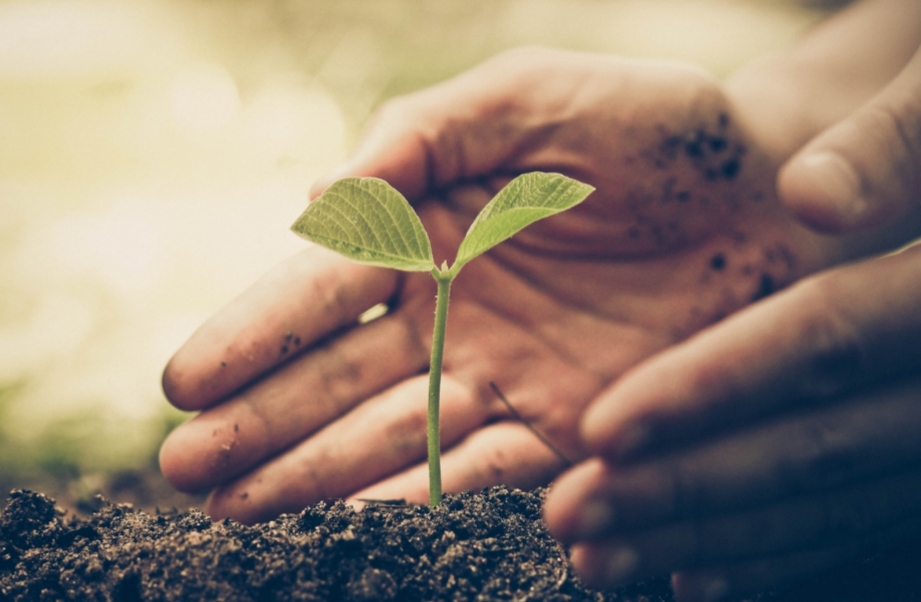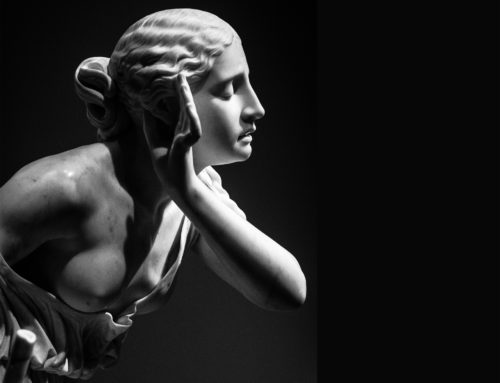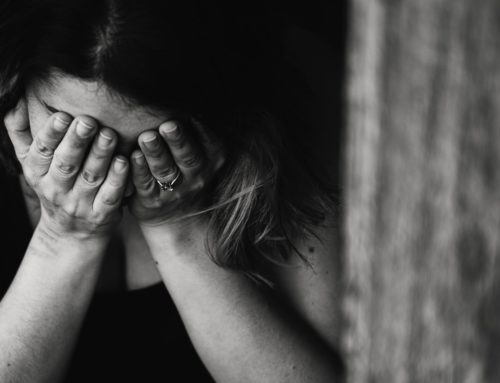3.2 million Australians live with chronic pain which is not surprising given how little time it takes for the body to develop a chronic pain condition. Pain is said to be ‘chronic’ if it persists beyond the normal healing time of about three months. Many people believe that pain goes away after tissues heal after an injury or illness. This recovery is not the case for 1 in 5 Australians as pain may not lessen when the healing process is complete as it can continue to be experienced even when there is no longer any tissue damage. How is this the case ? This is very significant as it gives us the first clue in terms of where to direct the interventions for chronic pain.
Clue 2 – Pain is actually a protective mechanism that lets us know when our physical safety is at risk. Knowing this fact enables us to change the way we respond to pain once we realise that pain is there to tell us something. This process works well for acute pain, but it is another story when it comes to chronic pain. This protective mechanism works well for acute pain because it stops us from stepping on that nail again, but when it comes to chronic pain it works against us. I’ll tell you how….
This protective mechanism means that the body becomes overprotective or over responsive when pain is persistent. Ordinary safe sensations become perceived as dangerous and unfortunately over time the body gets better and better at pain because the brain can change and becomes more adept at pain. With ongoing persistent pain, the brain rewires itself and develops easily accessible pathways like walking through a field of grass along the same path over and over again. This is known as neuroplasticity and is a huge benefit when it comes to overcoming trauma as the brain can be rewired, however, it is one of the core processes that makes pain ongoing and continue once the physical body has healed.
Clue 3 – The evidence regarding amputees and “phantom limb pain” gives us important information given they can experience pain in a limb even when it is no longer present. While pain can be felt in any part of the body, the decision to create pain lies in the brain and it is not limited to where it is felt in the body. The amount of pain depends on how much pain your brain thinks you need to be protected. Pain is therefore generated in the nervous system as it is the nervous system that actually sends the signal to the brain and not the muscle.
Putting the puzzle together – Pain is therefore a mind and body experience which is actually good news because it means that trying to fix the physical body with surgery and medication is not the only hope. We often think of the mind as somehow separate from the body, but your mind is in your body, so awareness of the way your mind and body work together will give you a more powerful understanding of your pain with more opportunities to heal.
Seed of Hope Chronic Pain Workshops are thus an opportunity to learn new ‘samskaras’ or habits to help the nervous system respond differently to pain and even reduce the possibility of pain being generated in the first place.
Stay connected for 2020 dates and I promise I won’t bombard you with emails!



